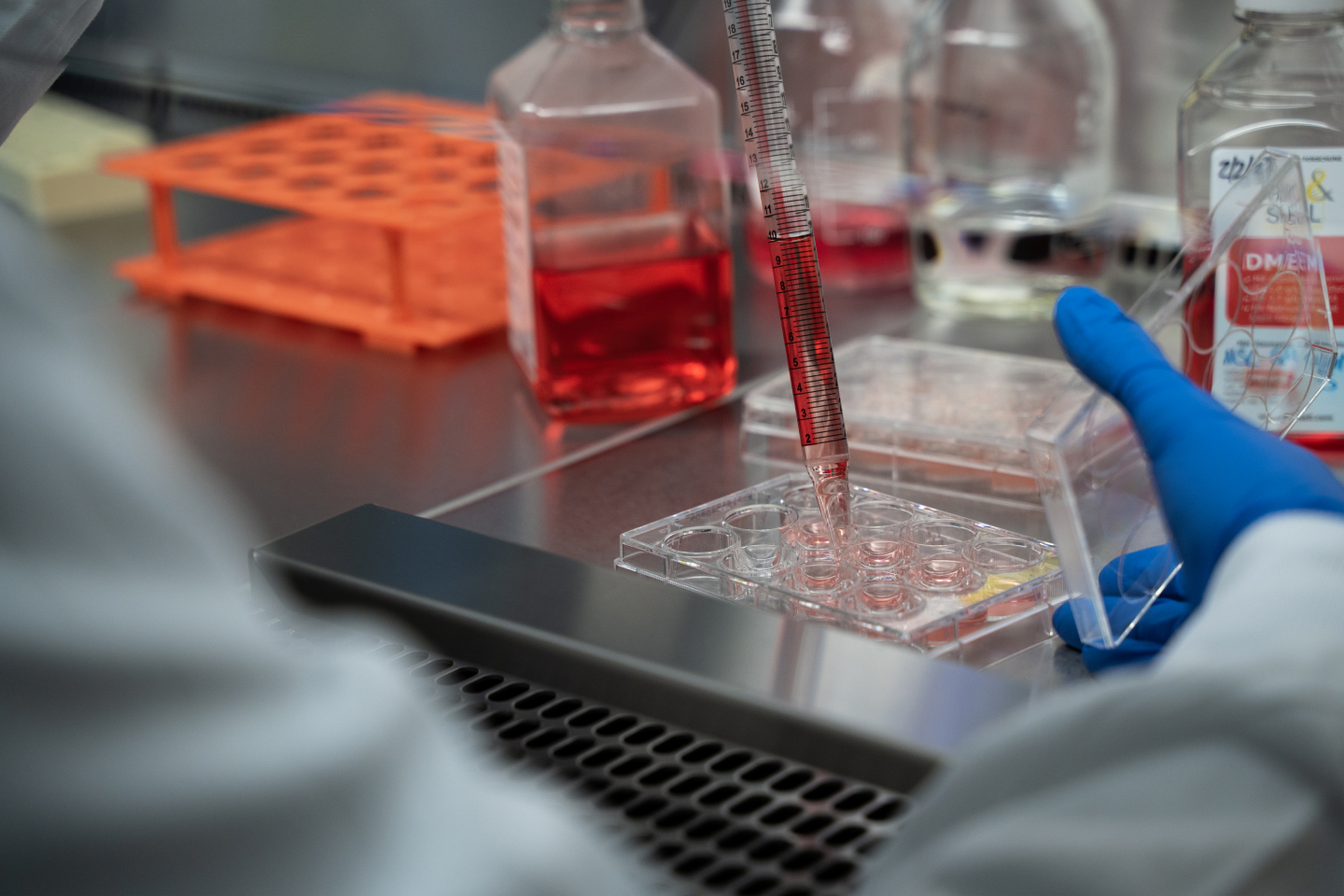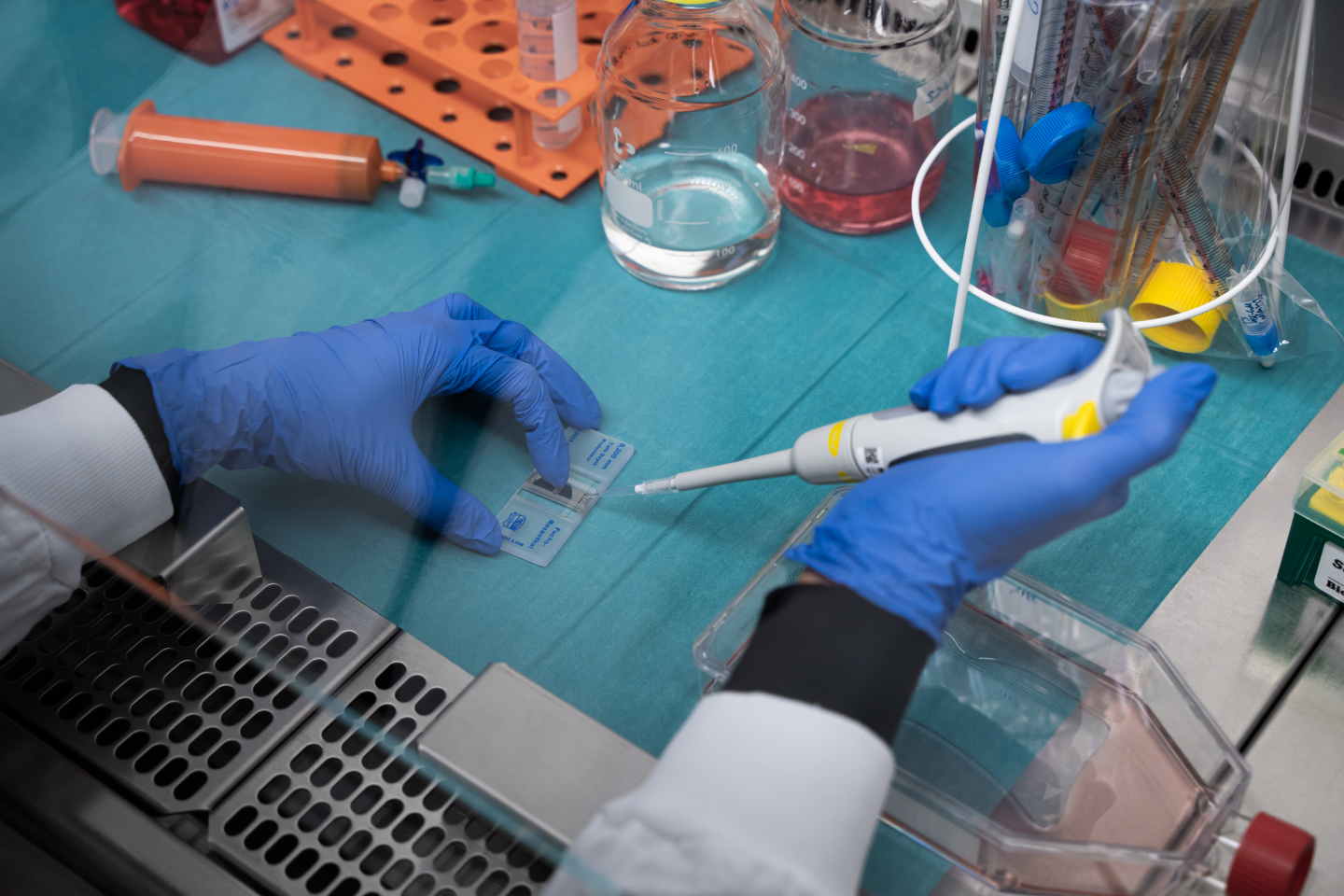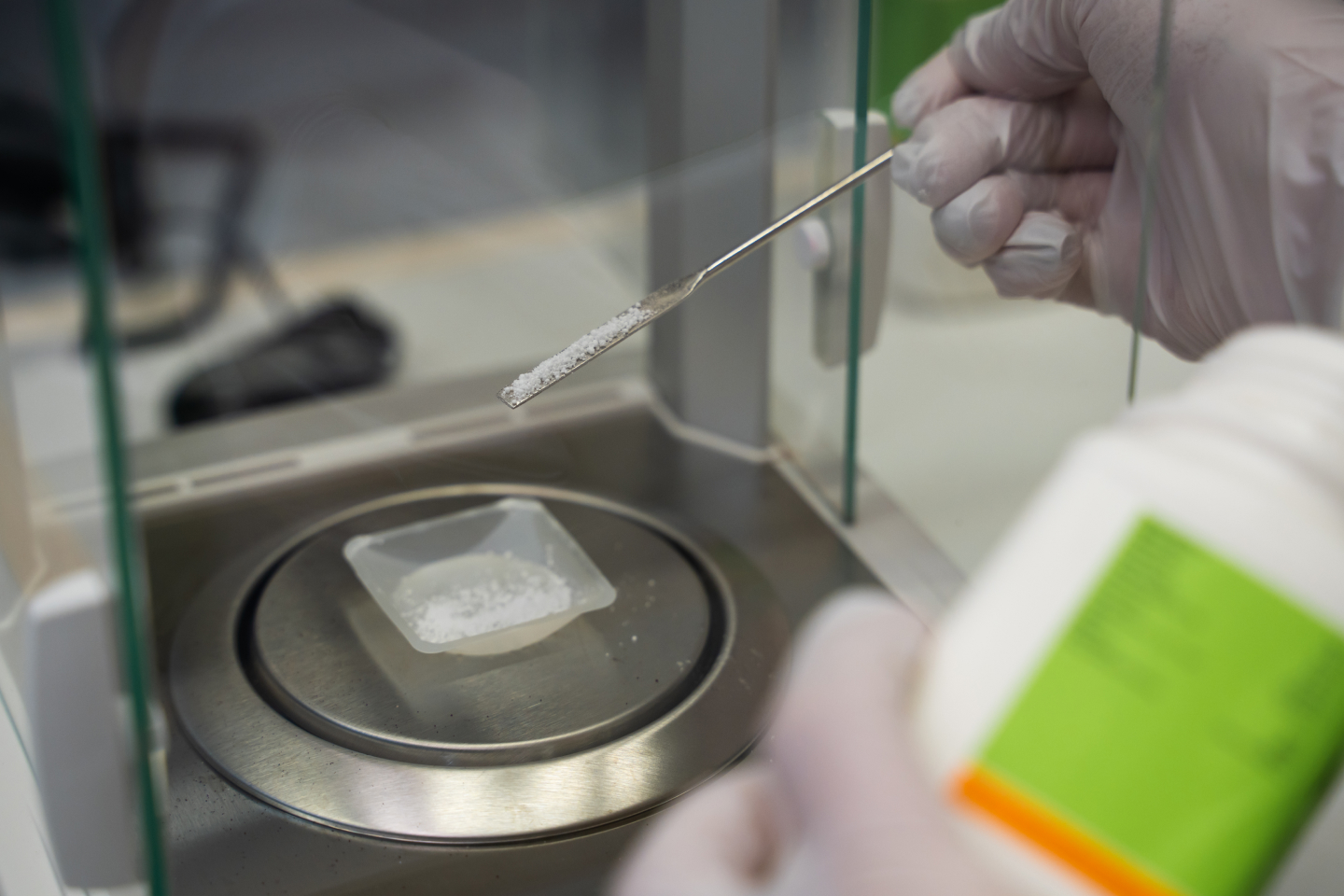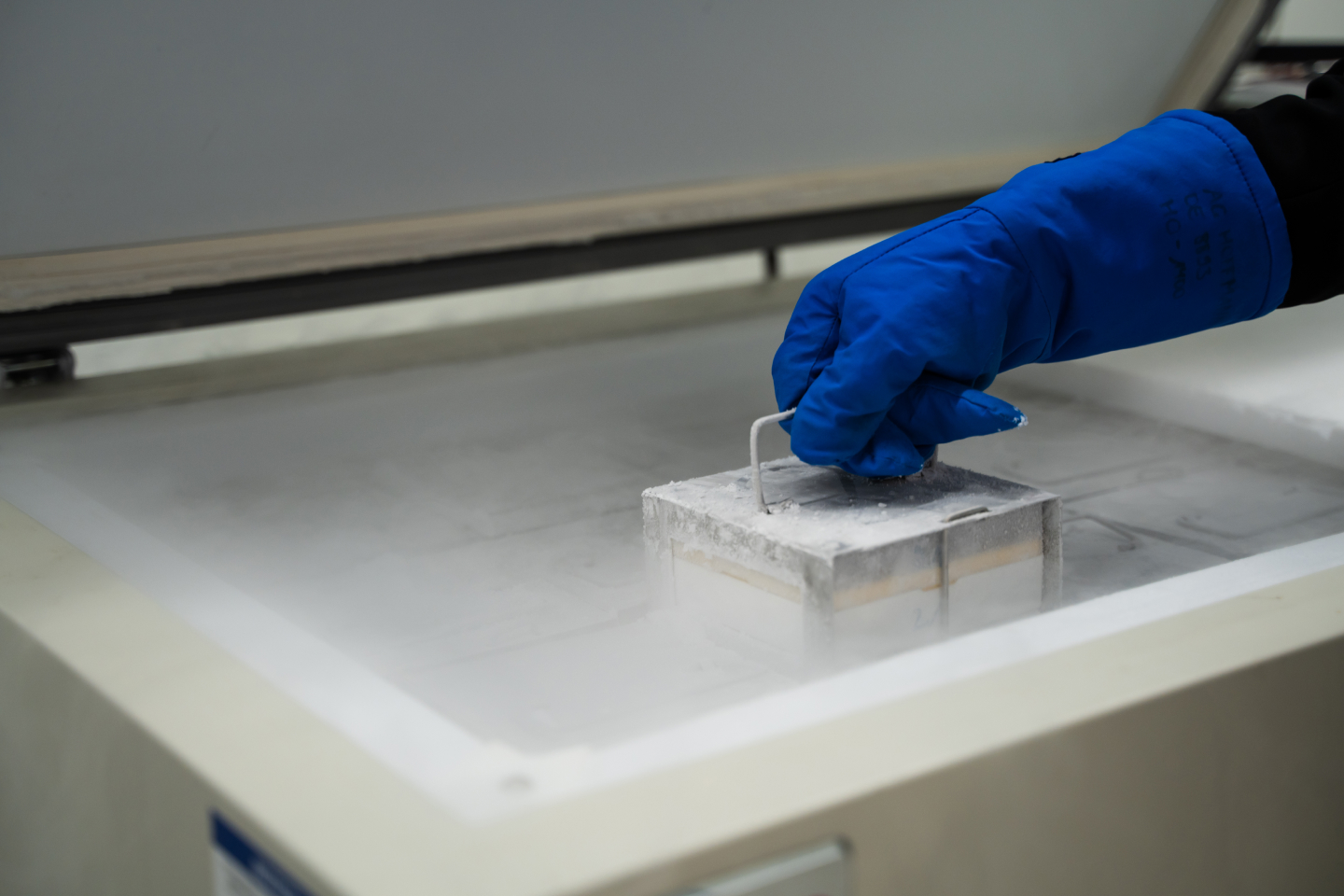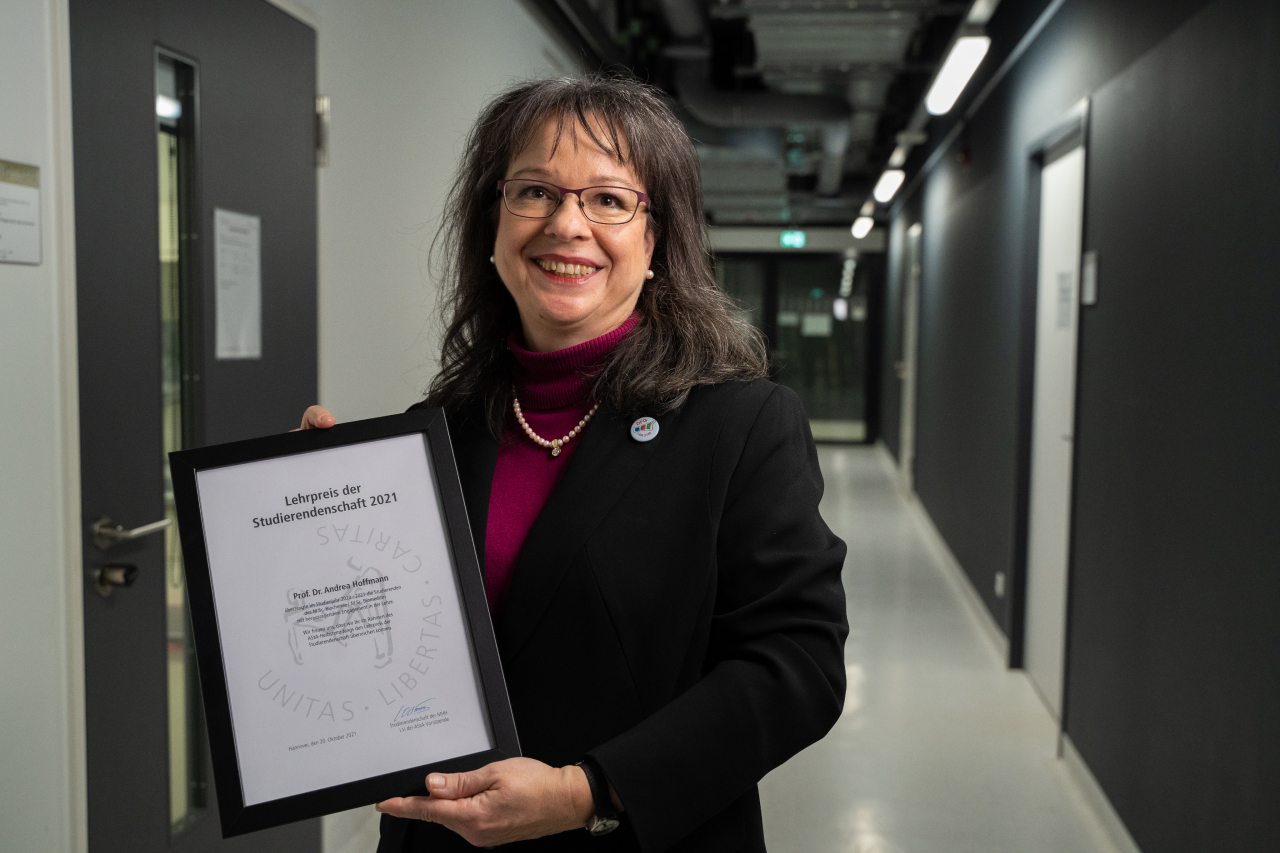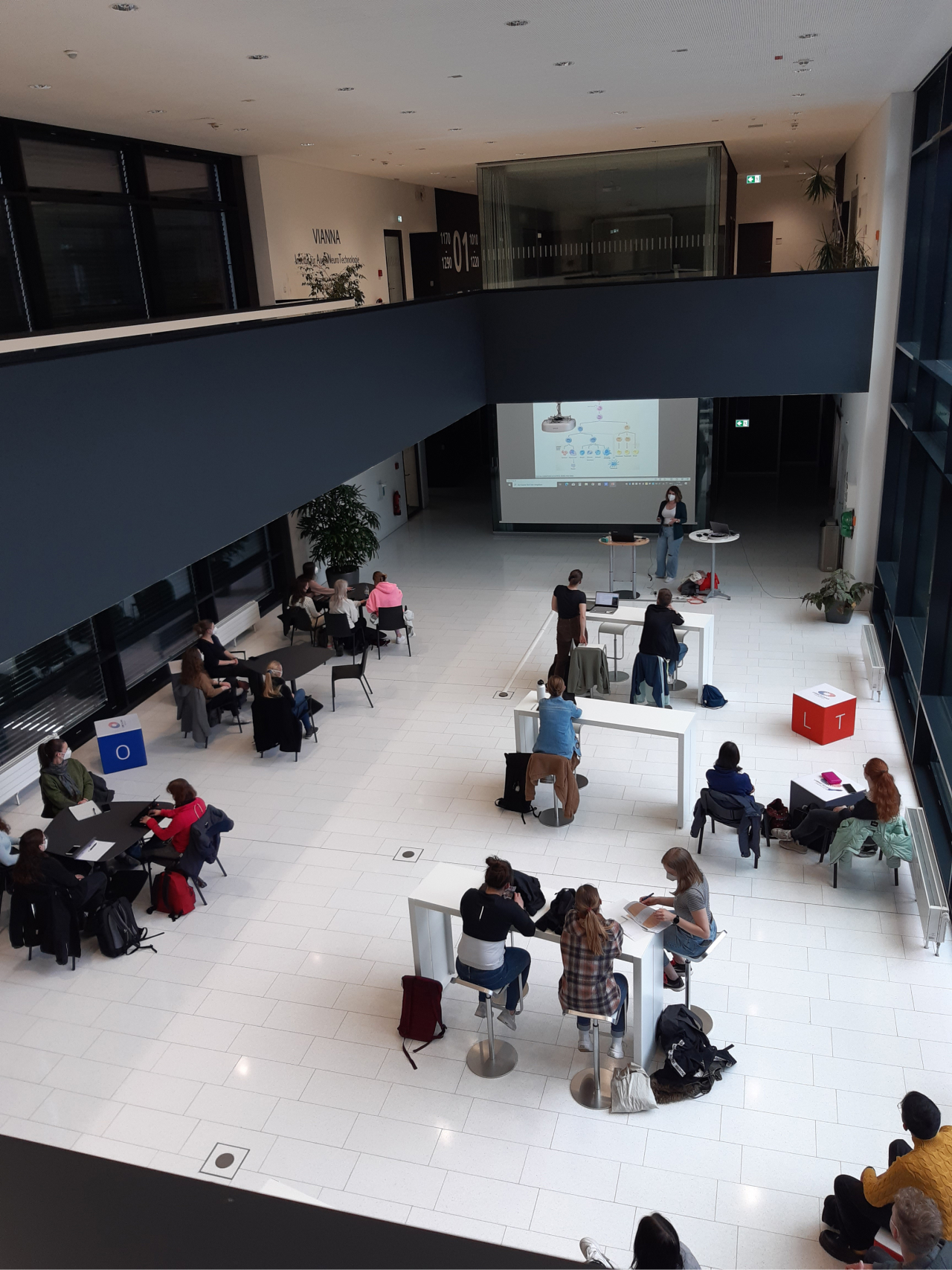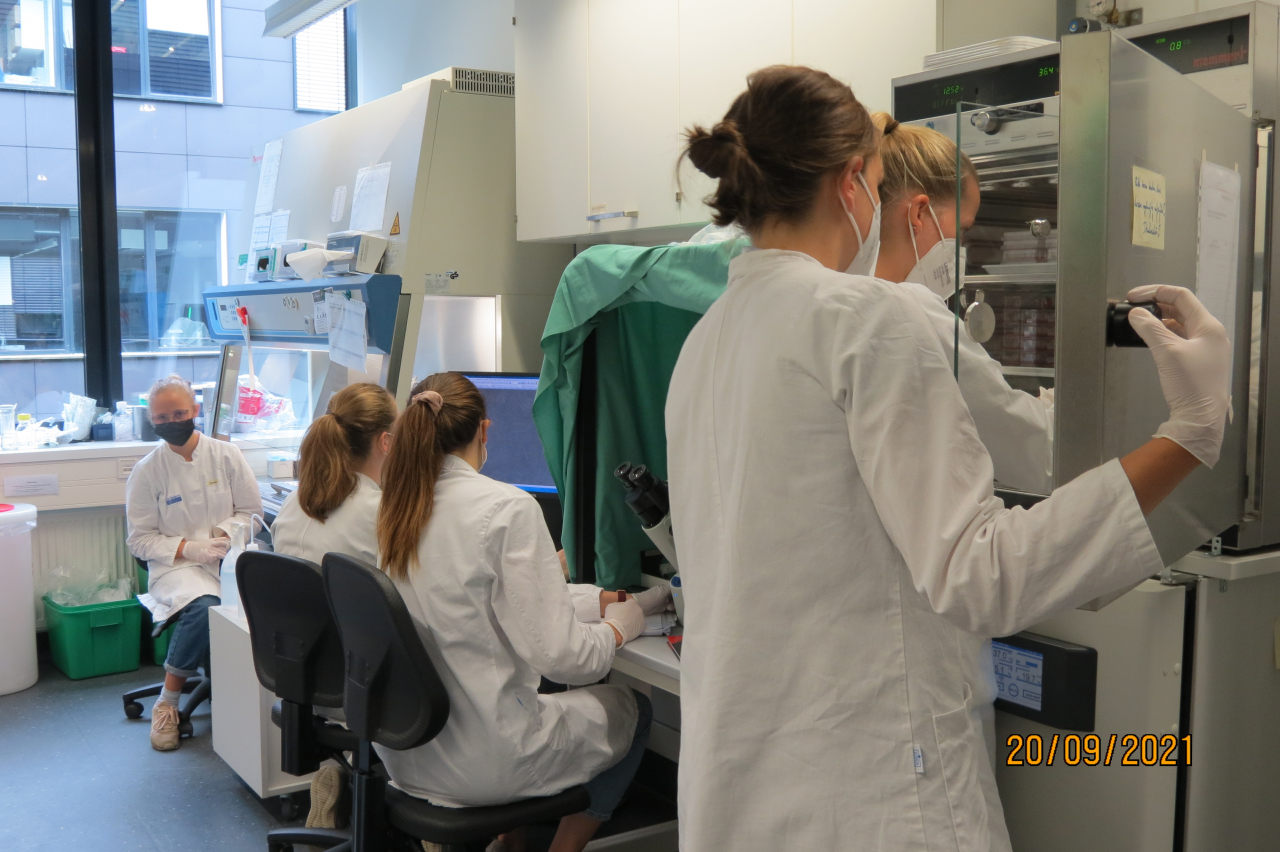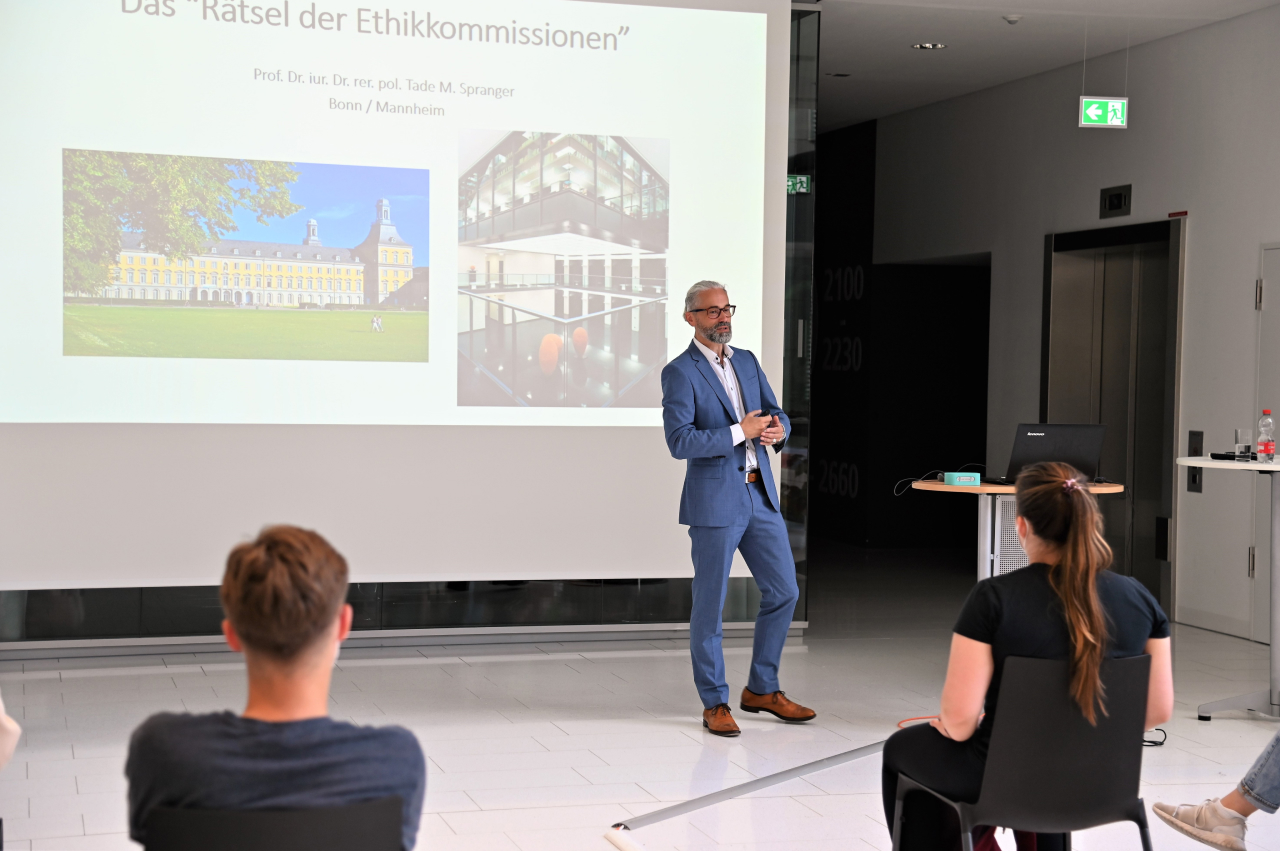Regenerative Medicine in the Musculoskeletal System
IMPORTANT TO KNOW: Diseases of the musculoskeletal system have enormous socio-economic relevance. This situation will become even more important in the future due to increasing life expectancy. Innovative treatment approaches are therefore necessary for optimal therapeutic success.
This includes optimized and novel implants like BIOHYBRID IMPLANTS. These implants combine technical components (e.g. alloys) and biological components (e.g. stem cells), to result in a new product with superior properties. GRADED IMPLANTS constitute one modality within biohybrid implants. They are made from different materials with different (graded) properties. In addition, the use of stem cells – we use BODY´S OWN STEM CELLS, the so-called mesenchymal stem cells (MSCs) – further adds to improve the performance and longevity of implants.
Graded Implants – Body´s Own Stem Cells – Immune Cells
One innovative approach are GRADED IMPLANTS. In the musculoskeletal system, they are useful for tissue transitions, with gradients in one or several properties: composition, structure, biomechanics, functionality, in order to mimic the natural tissue transition in the body (to read more: see icon in the orange region, upper left).
As a second innovative approach, implants and stem cells can be combined (to read more: see icon in the orange region, upper right). We use BODY´S OWN STEM CELLS, that is stem cells that are present in all of us. The stem cells of the musculoskeletal system are called mesenchymal stem cells (MSCs). A video demonstrates the isolation of MSCs from bone marrow to you (Tobias Braun and Nina Friese). (to read more: see icon in the orange region, upper or lower right). MSCs replenish lost cells like tendon cells, cartilage cells, or bone cells, interact with immune cells, and have many more functions (to read more: see icon in the orange region, lower left).
One recent research areas is the interaction between biomaterials and IMMUNE CELLS – here: macrophages (to read more: see icon in the orange region, lower right).
Our Current Research Activities
In this orange area, you will find four topics that we are actively working in.
-
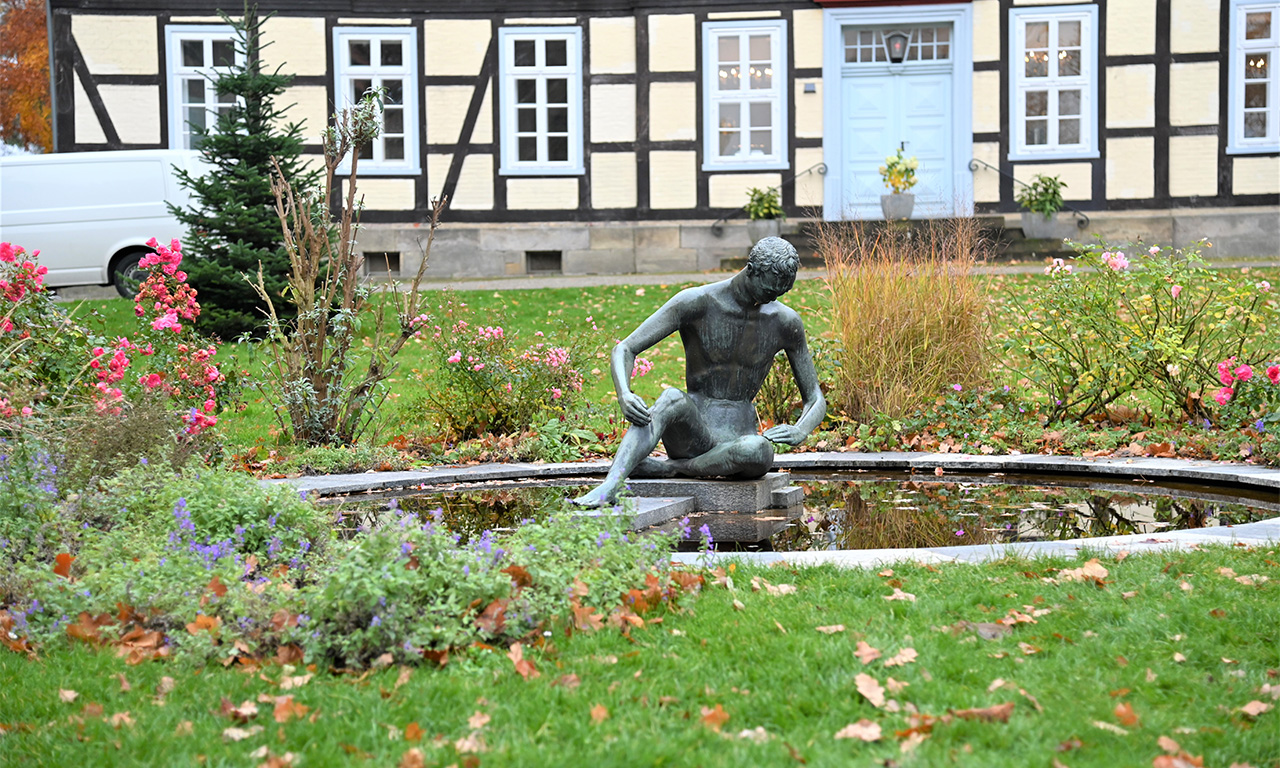
Graded Implants for Tendon-Bone Connections
DFG-Funded Research Unit RU 2180 Tissue transitions have a particular importance in the musculoskeletal system. They are frequently impaired by pathological processes. Current treatment modalities are hardly able to restore original functionality and largely fail within the long run. Implants might provide solutions to this challenge but implants for tissue transitions are still lacking. We…
-
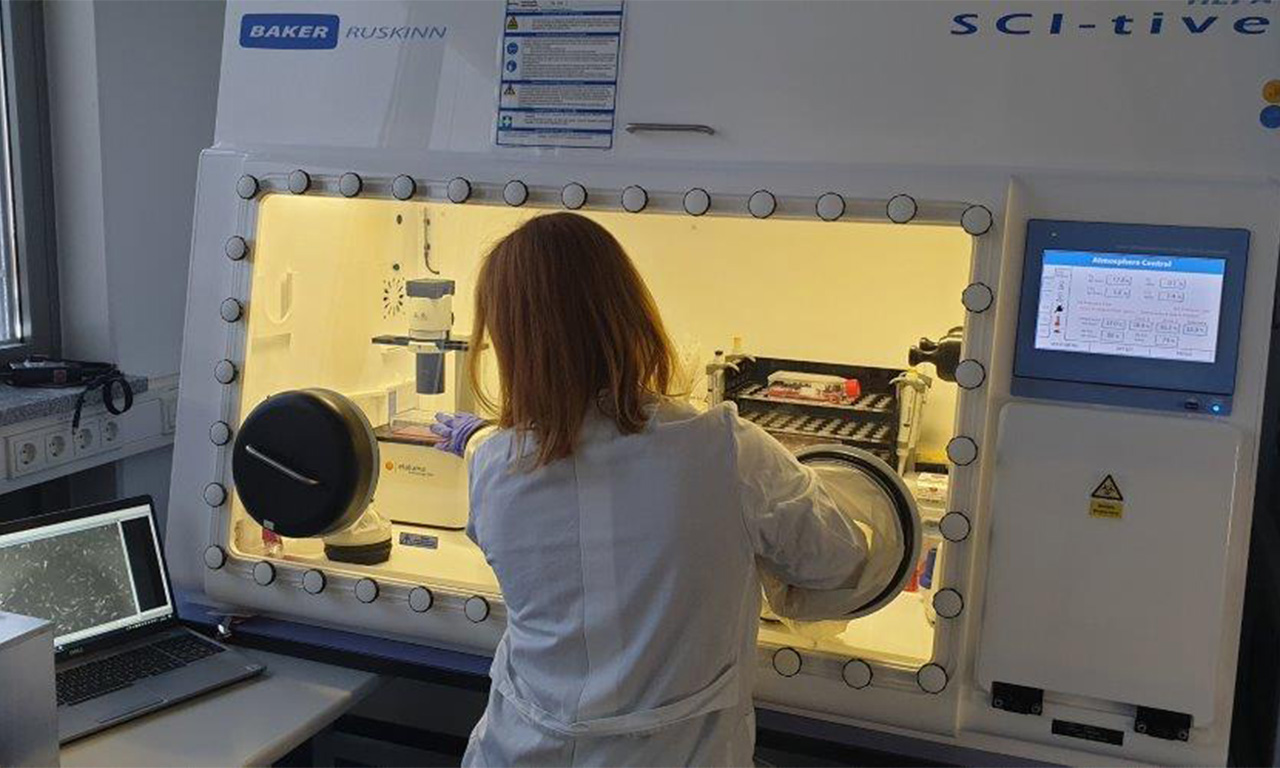
Body´s Own Stem Cells
Isolation and Culture In the living organism, stem cells reside in niches to keep them in an optimal state. Here, the oxygen concentration is much lower than in ambient air with 21 % O2. Consequently, when the cells are taken from their natural environment and cultured in the lab, they experience a notable change in…
-
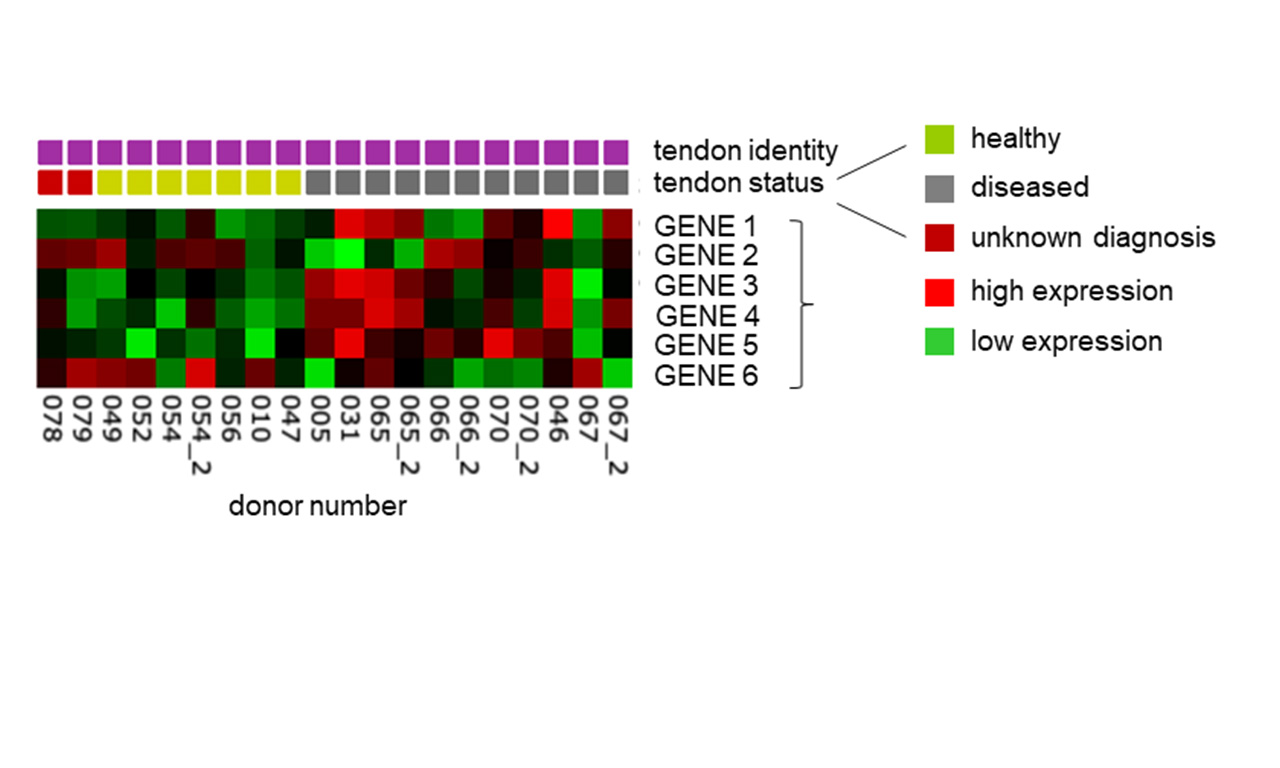
Tendon
New data on gene expressions allow diagnosis It is often difficult to distinguish healthy from diseased tendons and to choose the right patient treatment. We aim to identify a pattern of gene markers that might allow such differentiation. To do so, we have isolated RNA from different tendons from more than 80 human patients and…
-
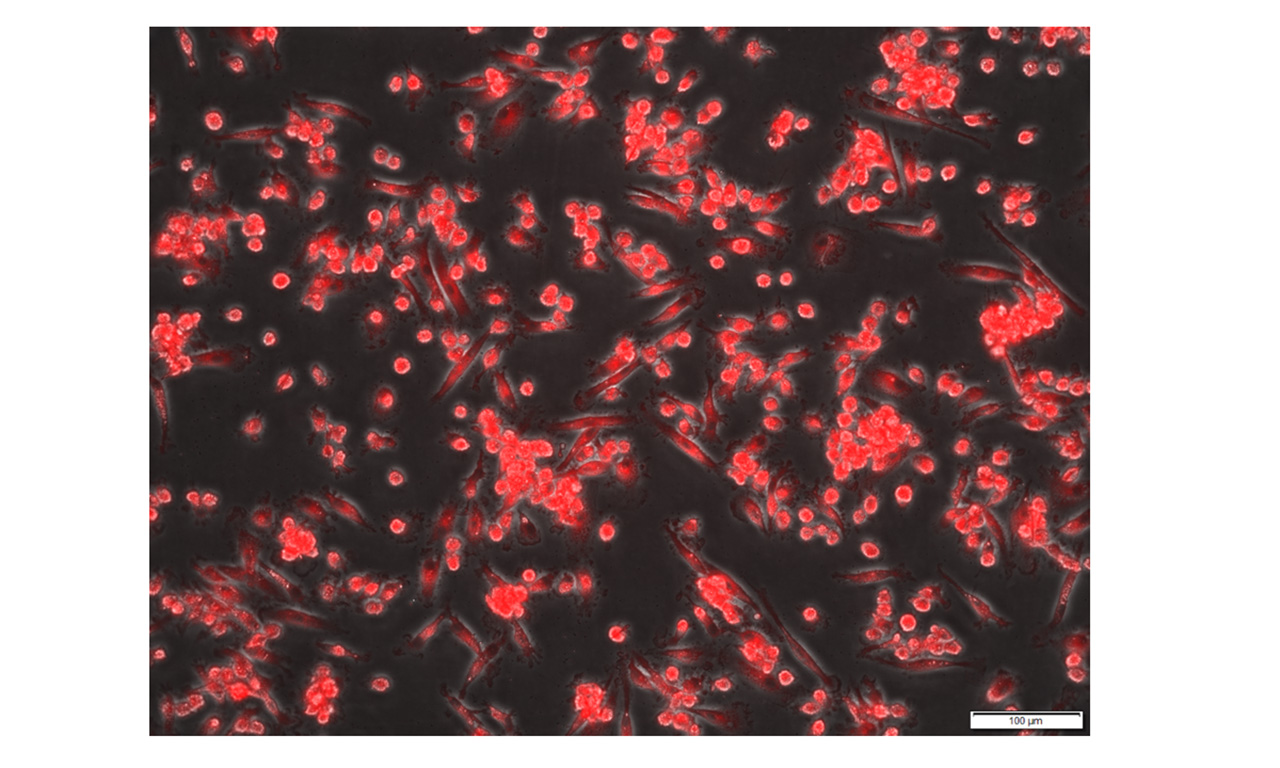
Immune Cells
Optimization of cell cultures for implant assessment The development of novel biomaterials is challenging. Not only local interactions at the implantation site but also systemic effects must be considered. Predictive systems based on cell cultures are not yet available. We are working on such systems and currently focus on monocytes/macrophages as one important cell type…
Previous Work of the PI
In this grey area, you will find the four big medical topics that I have addressed in my scientific life up to the present day, reflected in the four colours with the black circle of my logo.
-
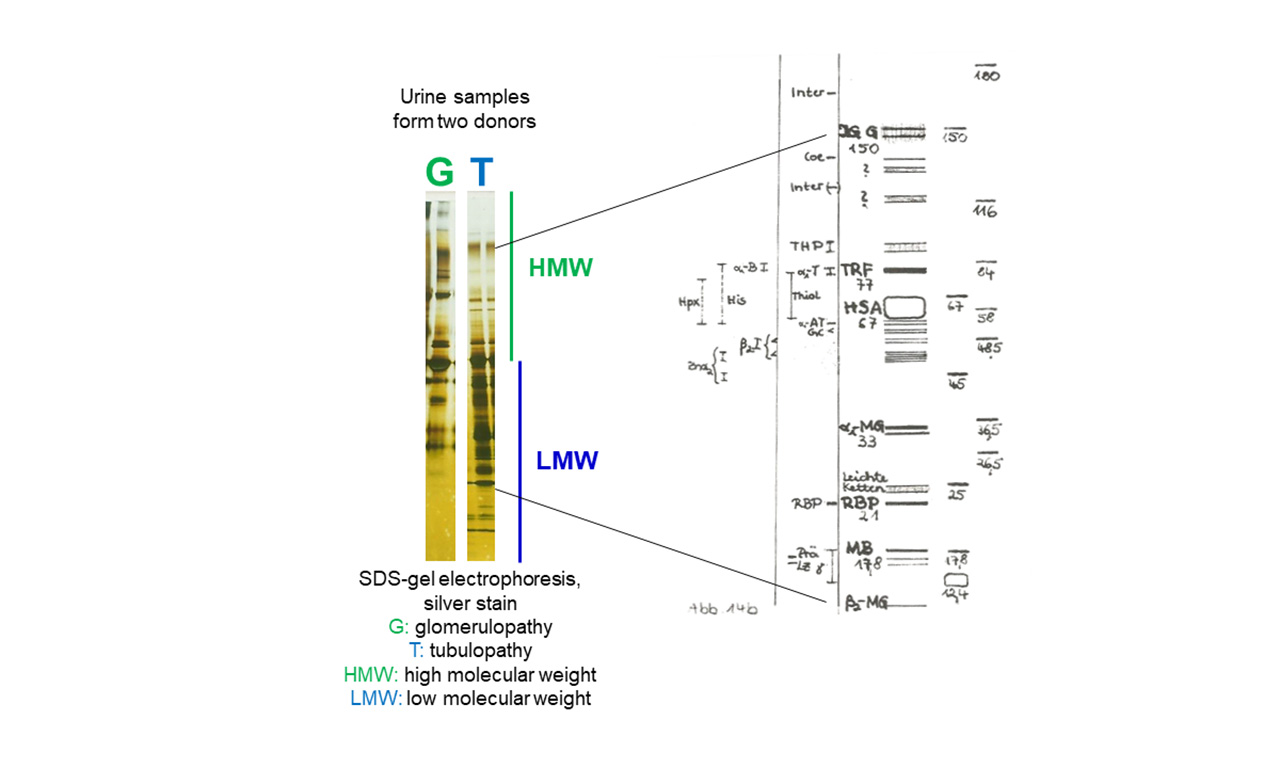
Kidney: Urine Proteins – Proteinuria
Differentiation between Glomerular and Tubular Nephropathies Proteinuria means an elevated amount of proteins that are excreted within the urine. An early differentiation between high and low molecular weight urine proteins is important for diagnosis and therapy. High molecular weight proteins appear in the urine when glomeruli in the kidney are not functioning properly. Low molecular…
-
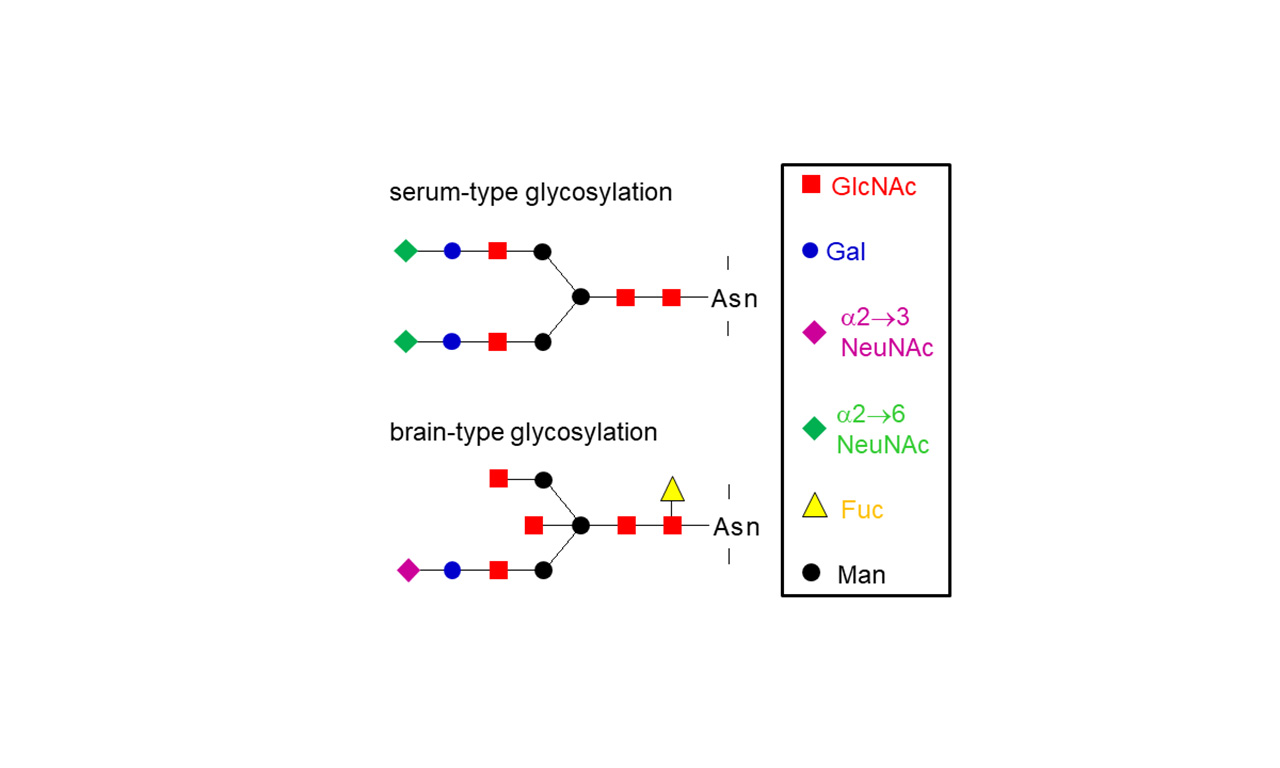
Blood-Brain Barrier: CSF Proteins
Maintenance of Brain Homeostasis by Sugar Structures CSF – cerebrospinal fluid, in German also called ‘liquor cerebrospinalis’ or ‘Nervenwasser’ – with a particular protein called ‘beta-trace protein’, was the topic of my doctoral thesis ‘Isolation and chemical characterization of -trace protein from human cerebrospinal fluid: identification as prostaglandin D synthase’ (1992) in the CSF laboratory of the Neurological Clinic, MHH. CSF and the…
-
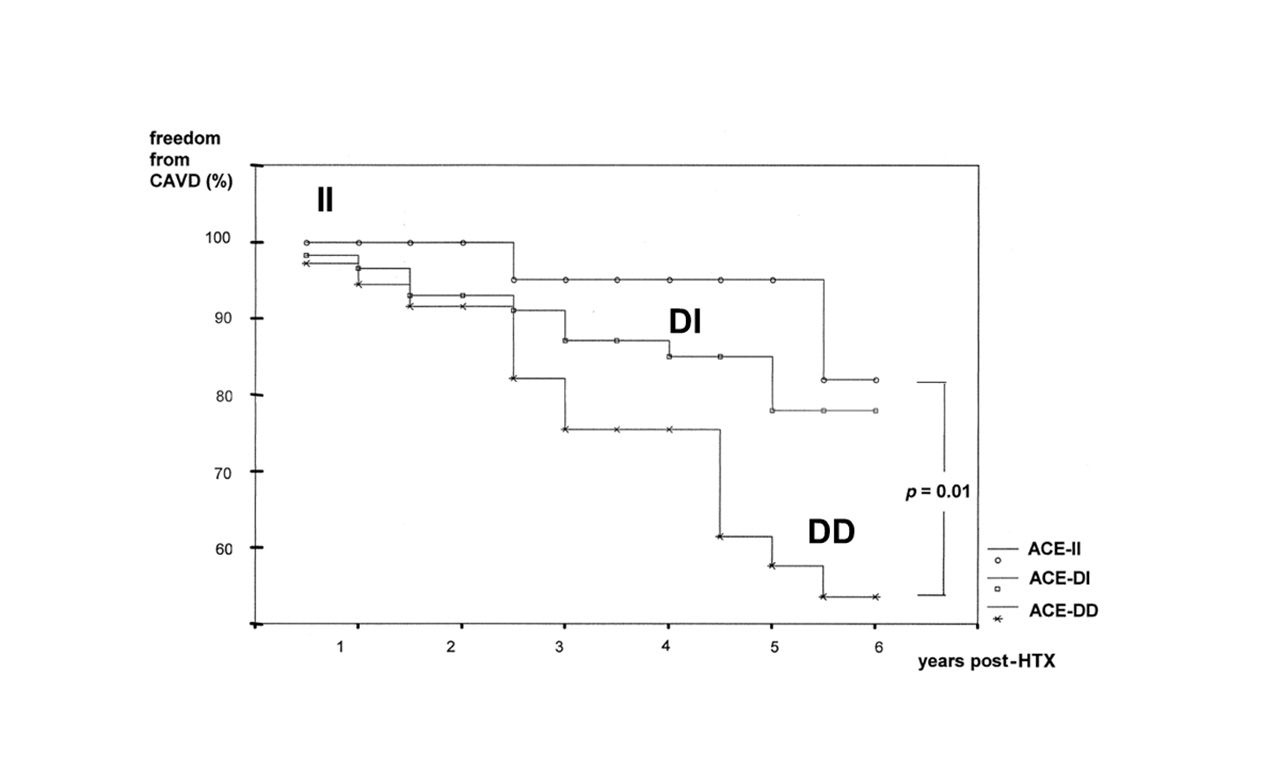
Cardiac Allograft Vasculopathy
Gene Polymorphisms as Risk Factors In transplanted hearts (also called ̒cardiac allograftsʼ) blood vessels may clog after transplantation. This is called vasculopathy and leads to rejection of the graft. Consequently, for long-time survival of transplanted hearts a strict control of the organ function is mandatory.Patients may have genetic predispositions for upcoming rejection. My work interrogated…
-
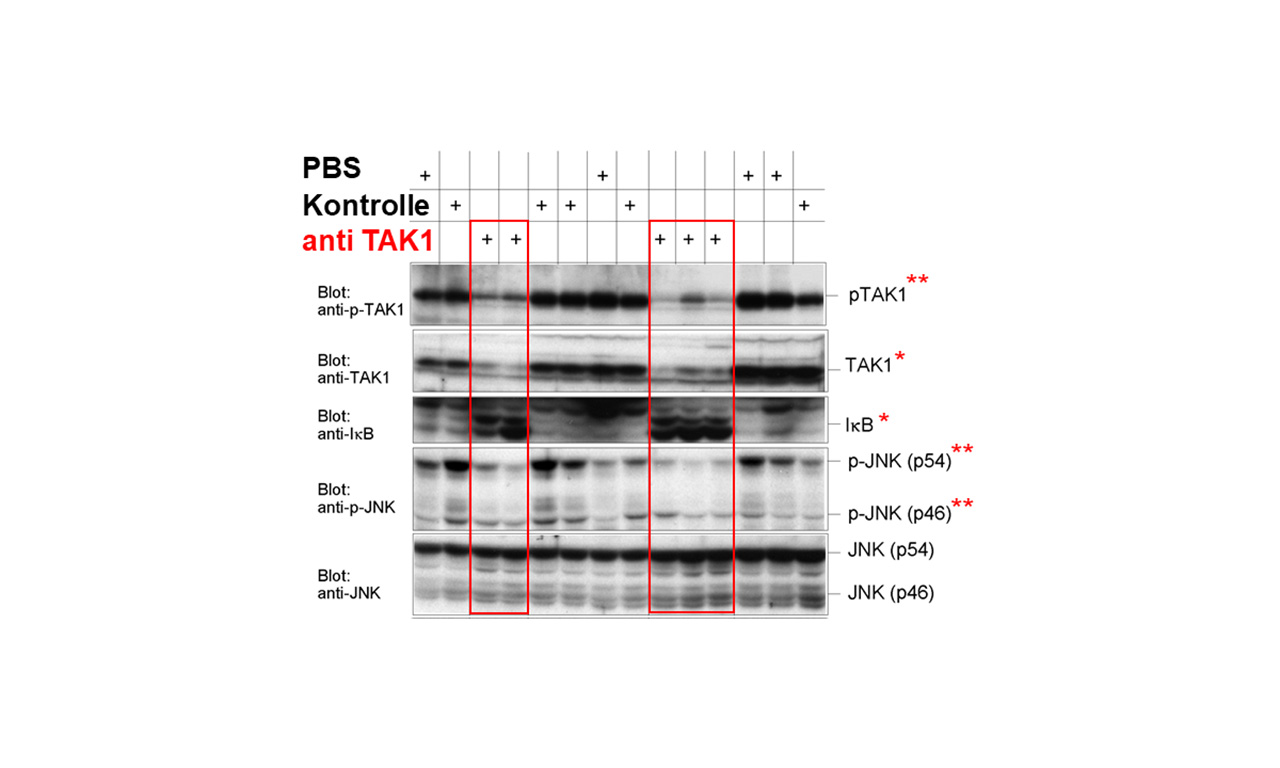
Musculoskeletal System: The Intracellular Protein TAK1
Cell Signaling in Inflammation and Fibrosis TAK1 (transforming growth factor-activated kinase 1) is important for differentiation and regeneration as well as during infections and inflammatory responses. In an inflammatory model of arthritis, we investigated the hypothesis whether silencing of TAK1 would reduce the extent of inflammation and halt subsequent tissue destruction. Injection of lipoplexes with…
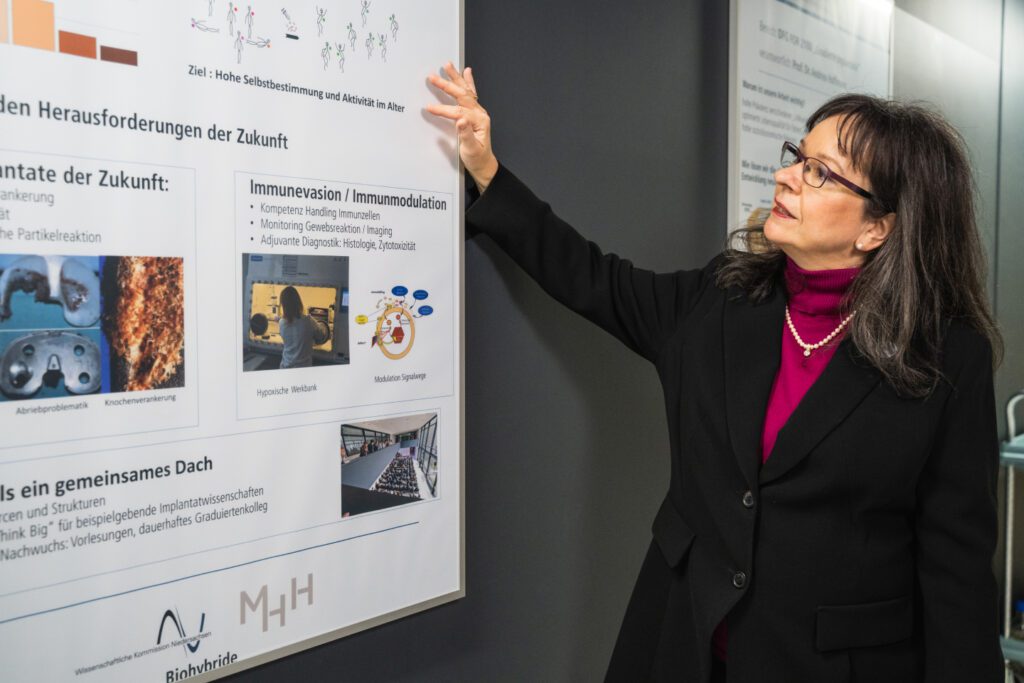
Teaching
I understand my position as university professor as the mission to transduce unique knowledge to my students as a teacher and mentor and likewise to accomplish dedicated cutting-edge research.
I enjoy to communicate science and to make it understandable for students and also for non-specialists.
With my science, dedication, perseverance, norms and values I want to make an impact on society and to inspire young people who come to work with my group.
-
Lecture “Adult Stem cells in regenerative medicine” in summer term and in winter term
For students in biochemistry (B.Sc., M.Sc.), biology (B.Sc.) and life science (B.Sc.), MHH and Leibniz University.
-
Lecture series “Development of cell therapeutics: experimental applications and clinical use of adult stem cells“
For students in biochemistry (M.Sc.), MHH see attached pdf for detailed information
-
Two-weeks lab course “Introduction into cell culture technology of animal cells”, annually in September
For students in life science (B.Sc.), Leibniz University. Statement of a student from the 2023 course: The practical course for the lecture „Adult stem cells in regenerative medicine“ was a lot of fun. Prof. Hoffmann skilfully combines theory and practice with the help of Yvonne, Kirsten and Anika. Both the experiments and the associated theory…
-
Dr. iur. Dr. rer. pol. Tade Matthias Spranger in NIFE
On August 25, 2022, Prof. Spranger gave a lecture on “The Enigma of Ethics Committees” for students of biochemistry and for employees of NIFE. He brought in many illustrative examples from his own experience. Afterwards, this topic which has become increasingly complex in recent years and therefore very burdensome for scientists, was discussed with great…

